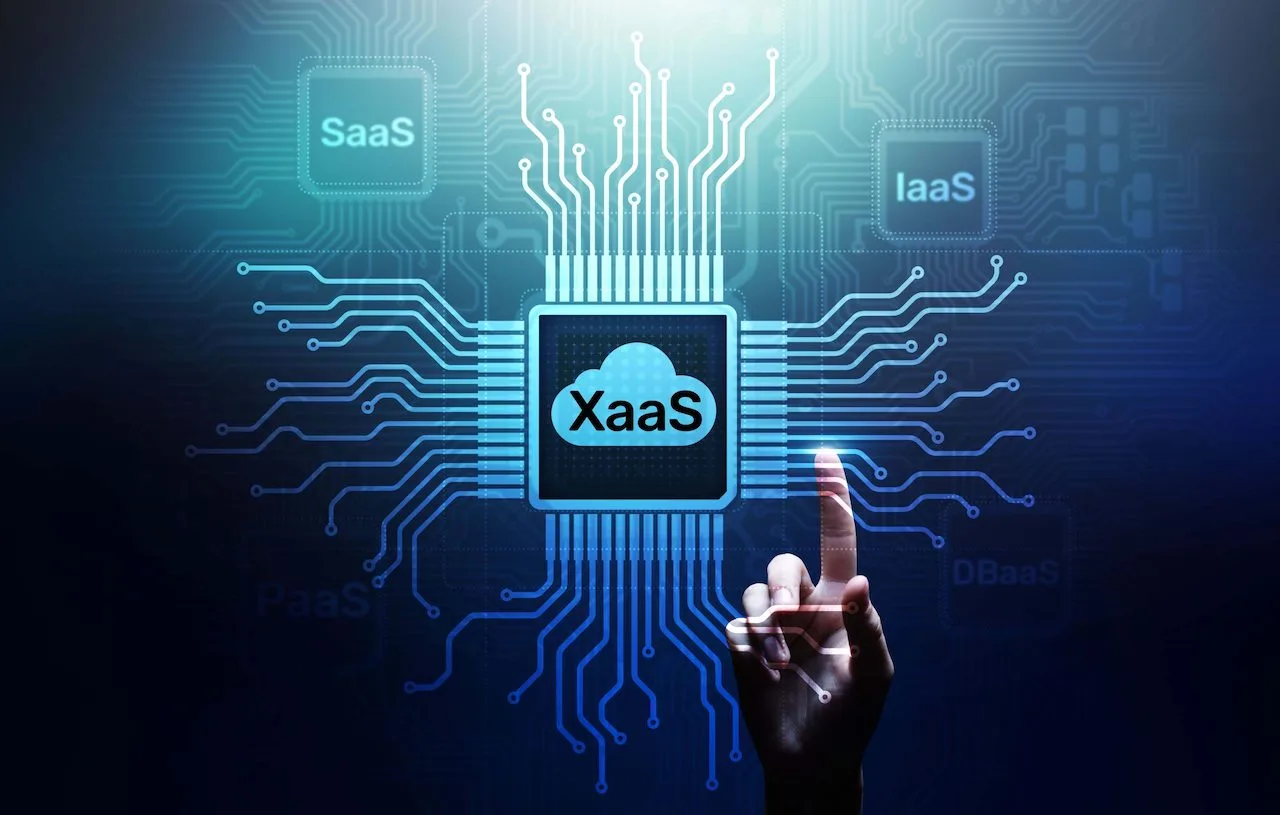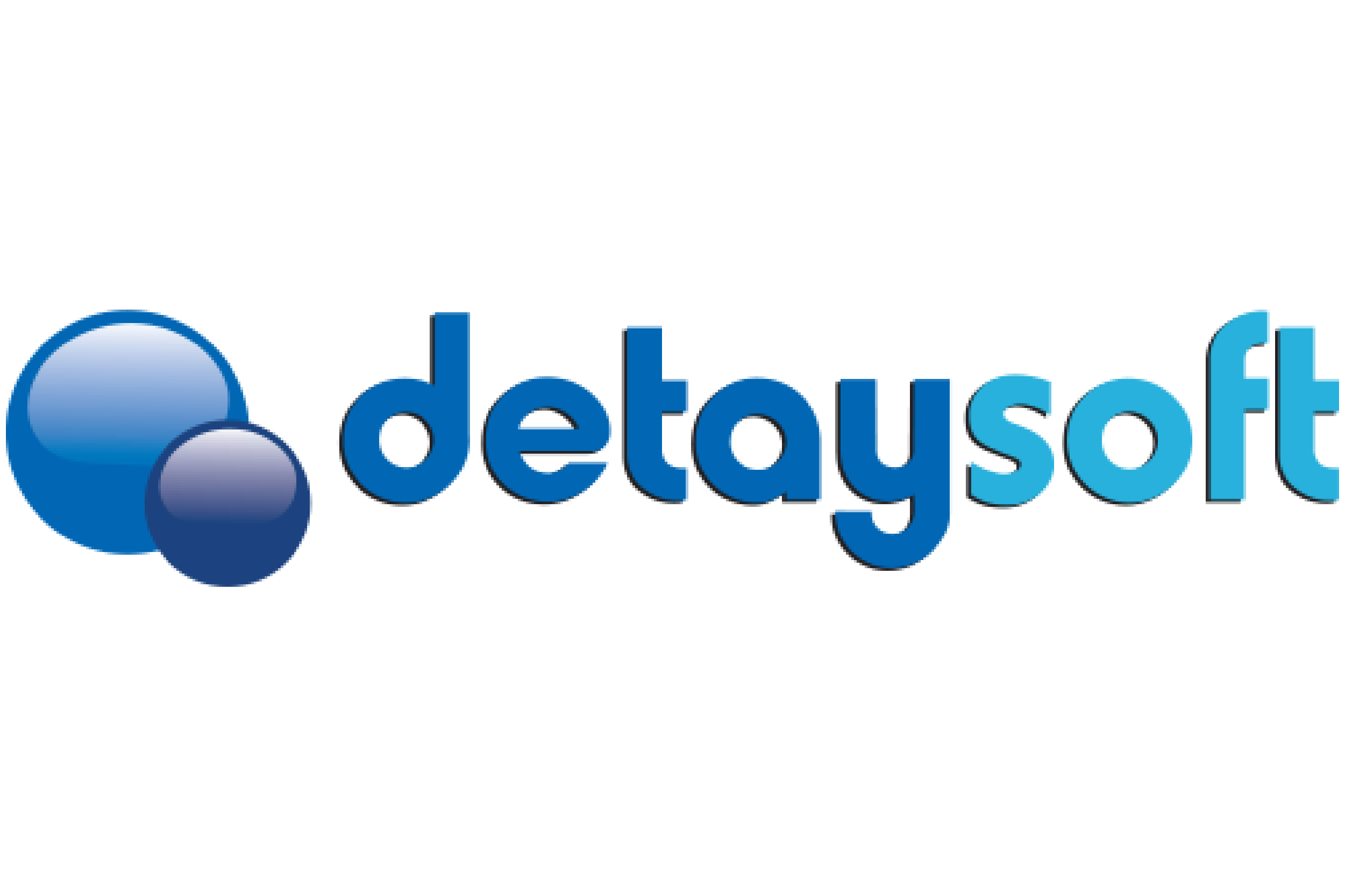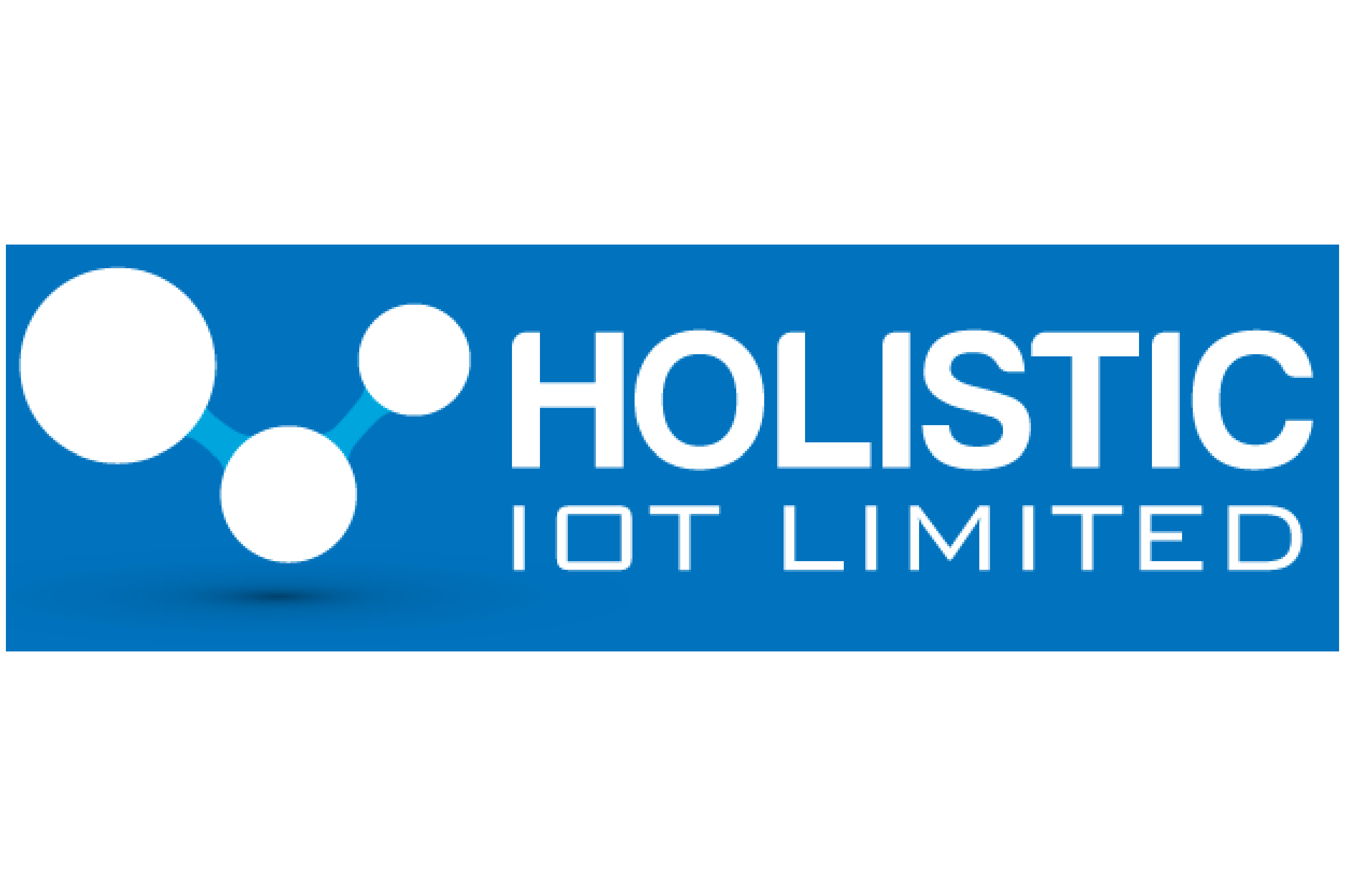
According to the World Economic Forum, the outcome economy is defined as "the transition from competing on the sale of products and services to competing to deliver measurable results that matter to the customer".
In other words, your product or service is sometimes combined with other products and/or services, solely for the purpose of providing the result that your customers expect or want.
The concept of the outcome economy has emerged as a response to changing customer expectations, technological advancements, and the increasing focus on delivering value rather than just selling products or services. Here are some key influences:

"Marketers sell drills, consumers buy holes"; what the famous paraphrase of Harvard Business School marketing professor Theodore Levitt actually says is that customers want a hole or the result, not the product or service that markets are usually trying to sell.
As a result, instead of selling a drill to its customers, the manufacturer had better provide access to a "drill as a service" for example, to be more aligned with their expectation. This is where the link with the outcome economy lies...

With the emergence of the outcome economy and the expectations of a new generation of customers, it is clear that the old “transactional business model” can no longer suffice. Our view is not to stop the transactional one but to introduce in parallel, a new model called the "recurring business model", which is based on "anything as a service (XaaS)" products and/or services as its backbone. Now let's compare these 2 business models.

The transactional business model is based on a single transaction that revolves around a specific product, technology or service, that you may be the only one to sell but often not, and where you compete on either the features of your offer or the price at which you offer your product or service.
Furthermore, you may have several categories of customers to whom you offer the same service or product, regardless of the outcome they expect.
In the transactional business model, the sales effort is every time and the unique relationship with the customer ends when the transaction is complete.

As opposed to the transactional business model, the recurring business model revolves around a specific group of customers who have similar expectations or needs in terms of outcome, or a specific yet repeatable usage they will make of your offer, and where you compete on the level of outcome you provide to your customers vs your competitors.
In this model, you may have several product or service categories to offer to your customers for various levels of outcome (such as Silver, Gold or Platinum for example).
In this business model however, the planning effort is most important, and an ongoing relationship with the customer begins when the transaction is made.

We are delighted to announce that we are offering our Outcome Economy and Recurring Business Model services, in cooperation with Lemon Operations.
Based in Paris, Lemon Operations has acted as a global player since day one. Its team of Business Makers operates on four continents, in 16 languages and offers its programs in over 80 countries. Over the past two years, Lemon Operations has worked with over 2,000 partners and distributors of leading IT vendors to help them change their mindset and to adapt it to the Outcome Economy and, more recently, with a growing number of industrial and service companies looking to turn their technology into a business model.
The fastest way for businesses to enter the Outcome Economy is to introduce a recurring business model based on products or services as a service (XaaS).
76 %
"76% of CEOs think their current business model will be unrecognizable in 5 years" (Forrester Research)
90 days
Average time for companies to launch their recurring offer, using our methodology
2.000 +
Number of companies that have learned and adopted our methodology in the last 2 years
80 +
Number of countries in which we have deployed our program, largely sponsored by IT majors

There are 4 key pillars for a Smart Recurring Business Model:
A recurring business is not necessarily a subscription based business like Netflix or your mobile phone subscription, but can also be recurring in its use, like with Uber or Airbnb...
XaaS is a collective term that refers to the delivery of anything as a service. Today, we live in a digital world with an estimated 2.5 million terabytes of data generated every day, transforming how we live, work, and do business. We all enjoy many of the products or services we simply use as a service.
Currently, customers in the B2B space have similar expectations in terms of access, usage, and practicality as the B2C customers, and they simply want the ability to use or enjoy products or services without having to own them or making substantial investments. That's why more and more companies are creating offers that are designed as a service.
As a matter of fact, according to Forrester Research, "76% of CEOs think their current business model will be unrecognizable in 5 years".

It all begins with a plan - please always remember that "failing to prepare is preparing to fail".
For a XaaS to sell, you need a solid Value Proposition where the customer can recognise him/herself.
The development of your first MVP is crutial for your product or service to start getting traction.
You need constant improvement to your product / service, as over time customers' expectations will evolve.





























